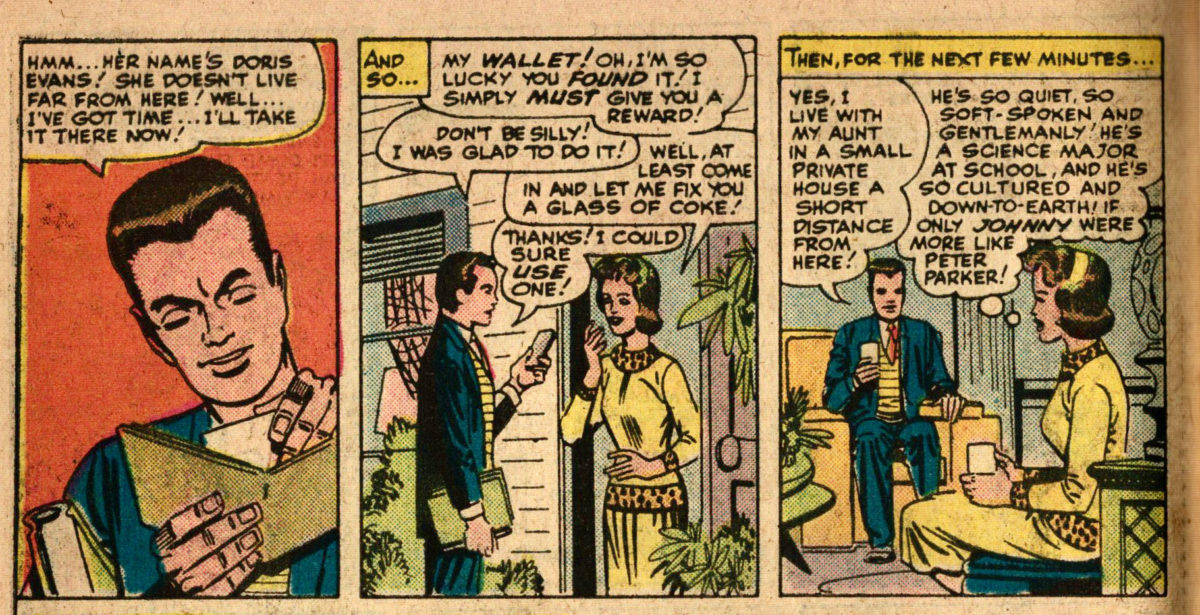Featuring: Fantastic Four
Release: July 2, 1964
Cover: 1964
25 cents
A Stan Lee story spectacular!
A Jack Kirby illustrative idyll!
A Chic Stone delineation delight!
A Sam Rosen lettering landmark!
25 pages
| Previous | #234 | Next |
|---|---|---|
| Fantastic Four Annual 2 | Reading order | Tales to Astonish #60 |
| Fantastic Four Annual 2 | Fantastic Four Annual | Fantastic Four Annual 3 |
Never will this mass of teeming humanity ever forget that Doctor Doom once walked among them!
It’s interesting that this is the final story in this issue. It almost seems backwards. This is the full-length Fantastic Four story. That would usually go up front. The first story was a 12-page story which didn’t feature the Fantastic Four at all. That would usually be the back-up. But the 12 page story was better. So Stan put it first.

It’s still weird to me that this is the final thing in the comic, after the reprint and all the bonus material. This is the cover feature, after all.
How is it that we saw Dr. Doom alive in the previous story when clearly he was floating somewhere in space? Sure enough, a ship randomly rescued him… again. This time, it was Rama-Tut.

The story at least acknowledges that Fantastic Four #23 should have been the last we saw of Dr. Doom. It shows us what happened immediately afterwards. Dr. Doom was trapped in space, running out of oxygen reserves and falling toward Jupiter when his unlikely rescue occurred.
Rama-Tut notes this can’t have happened by chance. I’m inclined to agree.
Continue reading “Fantastic Four Annual 2, Story C”































